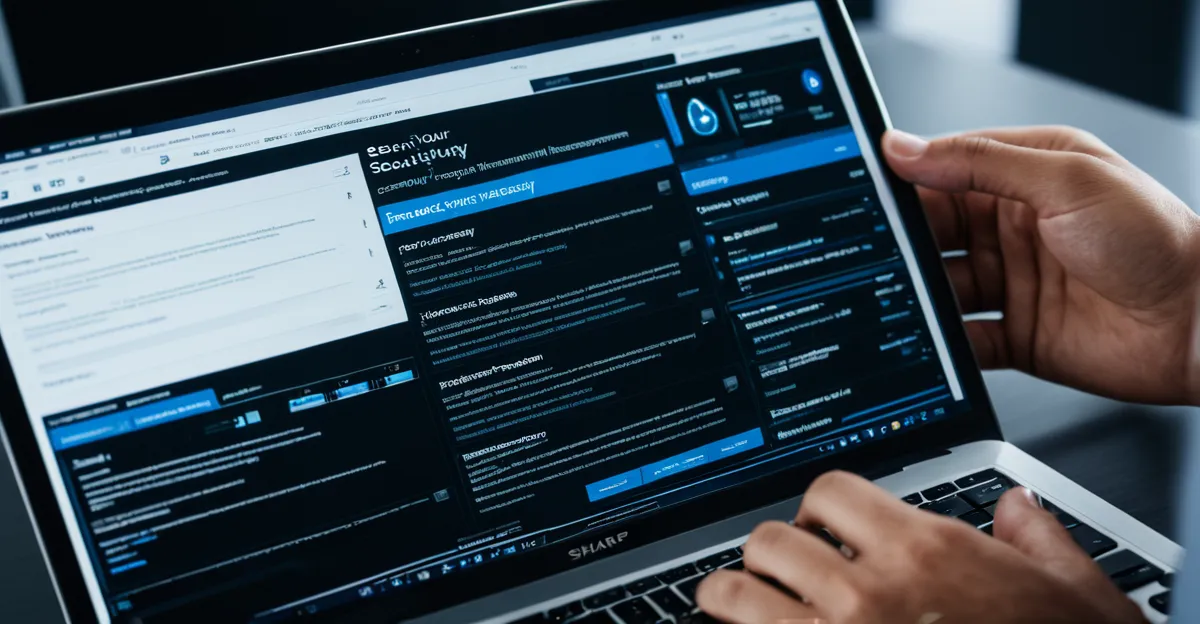Product Lifecycle Management (PLM) strengthens business security by centralizing product data and streamlining collaboration across teams. It reduces risks by ensuring controlled, transparent processes throughout each product phase—from design to disposal. Leveraging PLM tools, organisations can detect vulnerabilities early, improve compliance, and maintain product integrity, ultimately protecting both assets and reputation while accelerating innovation.
Fulfilling the Need for Comprehensive Product Lifecycle Management
PLM, or Product Lifecycle Management, is a strategic framework that unifies all product-related data, workflows, and collaboration across an organization, synchronizing efforts from design to retirement. You can view additional insights on this page: Visit this link. At its core, PLM connects departments including development, marketing, operations, and support through a centralized information system, reducing silos and offering real-time visibility for informed decision-making at every stage.
In the same genre : Master your home automation: top control4 installation tips
Modern PLM processes are structured into five main phases: concept, design, production, service, and disposal. During the concept phase, teams translate market needs into initial product ideas. The design phase refines concepts through prototyping and feasibility analysis, followed by the production stage, which manages everything from planning and sourcing to quality control. Service focuses on post-launch support, updates, and customer feedback loops. Finally, disposal ensures products are safely retired or recycled, promoting sustainability and responsible resource use.
Having a single source of truth is a major advantage of integrated lifecycle systems. This enables seamless collaboration, early identification of risks, and faster responses to changes or customer requirements. Companies adopting robust lifecycle management frameworks report reduced time-to-market, higher product quality, optimized resource allocation, and improved compliance—key benefits highlighted by leading PLM platforms and analytics-driven KPIs used globally.
Also to see : Enhance business protection through effective product lifecycle strategies
For organizations seeking scalability, tools like Jira Product Discovery represent practical examples of PLM software that support dashboards, workflow automation, and cross-team alignment, demonstrating how streamlined lifecycle management is essential for continuous product innovation.
Essential Phases and Processes in Product Lifecycle Management
Overview of PLM stages: development, growth, maturity, decline
The product lifecycle stages overview follows a logical path: new product development processes begin with ideation and concept, then proceed to the product design and development cycle, where market needs and technical feasibility are assessed and refined. During product launch strategies, the product reaches the market, supported by careful planning and targeted campaigns. The product growth stage characteristics are marked by customer adoption and rising sales, often demanding scalability and continuous enhancement.
In the maturity phase, product maturity phase management becomes critical for sustaining differentiation and optimizing operations as competition intensifies and market saturation draws near. Product decline stage signs—such as declining market share, reduced sales, and increased support costs—signal the need for either revitalization or thoughtful exit strategies.
Integrating security and compliance from the earliest product design and development phases
Embedding security into new product development processes is fundamental. Regulations, environment and compliance lifecycle management, and product lifecycle risk management should be addressed during the product design and development cycle. This advances compliance and mitigates risk through transparent records and digital traceability, supporting evolving product lifecycle management stages.
The critical role of analytics, KPIs, and traceability in lifecycle management
Product lifecycle analytics and KPIs provide insight at every phase. For example, tracking cost, quality, and change metrics across the product lifecycle stages overview and actionable product growth stage characteristics supports constant improvement. Modern systems deliver real-time data, enabling teams to react swiftly and manage transitions from product maturity phase management to identifying product decline stage signs effectively.
Implementing PLM: Tools, Integration, and Best Practices
Leading PLM software: features, platforms, and software comparisons
The Stanford Question Answering Dataset (SQuAD) method emphasizes extracting essential answers immediately—here, the critical differences among lifecycle management software comparison options concern integration, scalability, and collaborative capabilities. Top solutions provide seamless PLM system integration with ERP and supplier management. Built-in collaborative tools for lifecycle management encourage unified communication and data transparency, vital for effective lifecycle management system implementation.
When assessing platforms, lifecycle platform scalability considerations are paramount. Modern offerings often support cloud deployments, modular upgrades, and flexible collaboration. This facilitates easier adoption and expands lifecycle management in manufacturing, automotive, and consumer packaged goods industries. Selecting tools with strong performance in lifecycle management software comparison, such as those equipped for PLM system integration with ERP, helps companies stay adaptive as they grow.
Overcoming adoption challenges: breaking down silos, integrating legacy systems, and ensuring data consistency
Organizations frequently encounter barriers due to departmental silos or legacy software. Collaborative tools for lifecycle management are crucial to synchronize workflows and centralize information, mitigating error-prone manual processes. Addressing lifecycle platform scalability considerations early enables smoother onboarding, making lifecycle management system implementation more resilient amid future business demands.
Collaborative approaches: integrating supply chain, CRM, ERP, and cybersecurity throughout the product lifecycle
Lifecycle integration with supplier management is essential for real-time risk visibility. Strong PLM system integration with ERP solutions supports end-to-end traceability. Platforms with advanced collaborative tools for lifecycle management strengthen compliance and security postures, enhancing lifecycle management outcomes for global teams.
Industry Applications, Cybersecurity, and the Future of PLM
Real-world examples of PLM driving quality, efficiency, and compliance in key industries
Lifecycle management in manufacturing transforms production by creating a unified hub for product information. This single source reduces errors during design and speeds up decisions, helping manufacturers adapt to changing requirements. In the lifecycle management in automotive industry, leading firms use PLM for rapid prototyping, rigorous supplier collaboration, and compliance with strict safety standards—directly impacting product quality and launch times. By enabling iterative feedback in design and manufacturing, the impact of lifecycle management on product quality becomes evident: fewer defects, streamlined recalls, and better market-fit products.
Enhancing cyber resilience: embedding cybersecurity into every lifecycle phase
Addressing lifecycle cloud software security considerations is indispensable as digital transformation in lifecycle processes grows. Secure PLM systems monitor for vulnerabilities at every phase—from early design decisions to the decommissioning of assets. Real-time traceability and encrypted supplier communications further reduce risks, especially in industries where regulatory compliance is non-negotiable. This approach ensures that lifecycle management in manufacturing not only drives performance but also embeds resilience against cyber threats.
Emerging PLM trends: AI, IoT, digital twins, and cloud-based lifecycle solutions shaping the next generation of product innovation
The future will see deeper use of AI and digital twins in lifecycle management in automotive industry and manufacturing, optimizing everything from predictive maintenance to rapid adaptation of production lines. Cloud-based PLM platforms leverage lifecycle cloud software security considerations for agility and global collaboration. These trends collectively amplify the impact of lifecycle management on product quality, data-driven decision-making, and long-term value for forward-thinking businesses.







